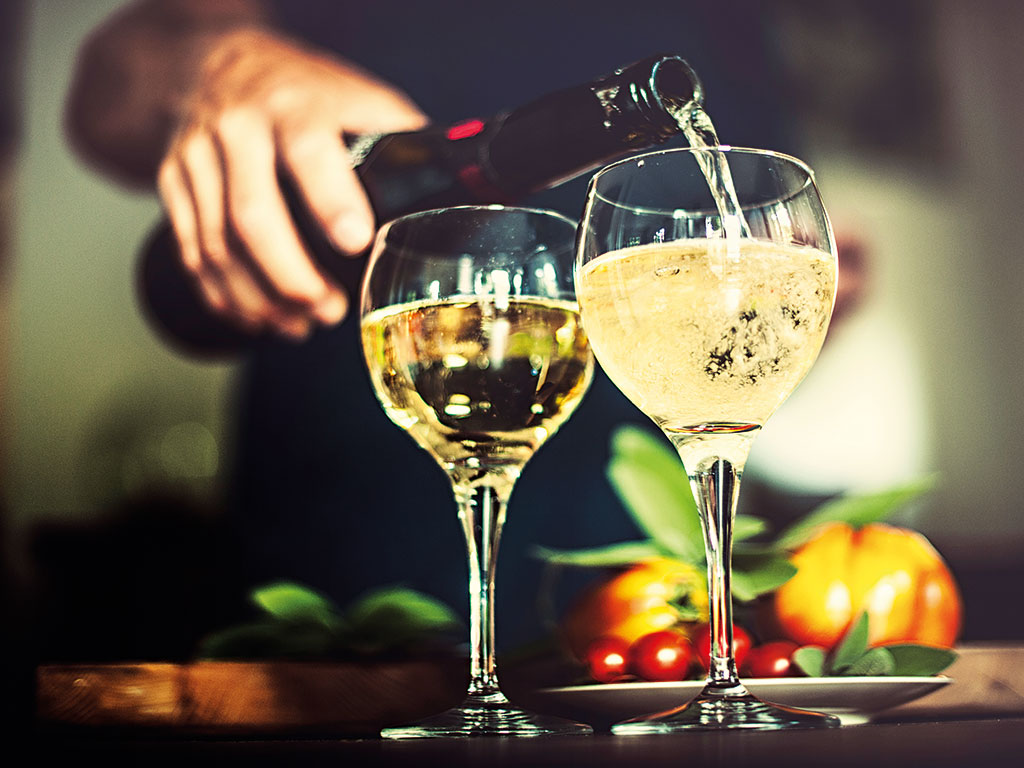
Prosecco, the Italian sparkling wine, made headlines recently for outselling its French counterpart in the UK for the first time, with sales up 72 percent in the first half of 2015, while champagne saw sales rise by just 1.2 percent year-on-year.
What’s more, the UK isn’t the only country to grow partial to the Italian tipple. In fact, in Q1 of this year, the US market for prosecco saw more than $100m in sales, up 40 percent year-on-year. Not only that, but the Unione Italiana Vini noted how even the French are learning to love it.
Another, less obvious force driving the recent rise in sales in the US is the country’s burgeoning bar scene
Fizzed up
Prosecco’s surge in popularity can be attributed to a number of factors, according to Antonio Busalacchi of Vino Veritas Consulting, which provides climate forecasting for vineyards, wine programme consulting, and wine education.
“First of all, Prosecco is made in a different manner to Champagne, or the classical méthode champenoise, so it is a little bit cheaper to make and it’s more efficient, so they can have a lower price point, with the average bottle in the US costing around $12. It’s also less dry, it’s a little sweeter, and there is a segment of the population that prefers that to the more acidic tasting champagne.”
Another, less obvious force driving the recent rise in sales in the US is the country’s burgeoning bar scene. “In the US, there is a big boom in craft cocktails”, explained Busalacchi. “In order to add a little bit of a spritz, a lot of bartenders like to use prosecco rather than champagne.”
A new world
On the surface, Prosecco’s popularity among wine lovers over the course of the year looks to be to the detriment of Champagne. Combine this with the fact that the gap between new and old world regions is closing, putting more and more quality sparkling wines into the market, and it appears that Champagne houses have a reason to be worried.
However, Busalacchi is far more optimistic about the influx of sparkling wines and the impact it will have on the industry as a whole. “Champagne houses have hundreds of years of experience behind them, whereas the new world is still a little wet behind the ears – they’re still learning. Let’s put it this way, there are going to be more and more world-class sparklers coming into the market from other regions around the world. Will they be of a similar quality to champagne to date? Probably not, but you’re going to see more and more quality sparkling wine from a number of regions from around the world. We see that with cava in Spain and prosecco in Italy, and the good news is that the consumer will have access to sparkling wine at a whole range of price points.”
What this means is that sparkling wine is no longer a drink reserved for special occasions, as a broader selection of wines and prices allow it to be consumed casually, which has the added benefit of introducing more and more people to the tipple.
This trend is great news for established champagne producers. Consumers may start with cava, prosecco or new world wines, and if their love of fizz blossoms they’re naturally going to climb the ladder that leads to France. As the saying goes, a rising tide lifts all boats, so the more bubbles the better.

